What Is the Difference Between Formal and Casual Shirts?
When it comes to building a versatile and stylish wardrobe, understanding the difference between formal and casual shirts is essential. While both are key pieces in a man's closet, they serve different purposes, are styled differently, and are made for different occasions. Whether you're dressing for a business meeting or a weekend brunch, knowing which shirt to choose can elevate your overall appearance and confidence.
In this guide, we’ll break down the key differences between formal and casual shirts — from their fabrics and cuts to styling tips — so you can make the right choice every time.
1. Purpose and Occasions
Formal Shirts:
Formal shirts are designed for professional and dressier settings. These shirts are commonly worn with suits or dress trousers and are a staple for business meetings, corporate events, weddings, and interviews. The emphasis is on sophistication, clean lines, and a polished look.
Casual Shirts:
Casual shirts, on the other hand, are built for comfort and versatility. They are meant for informal settings like weekends out, casual Fridays at work, dinners with friends, or everyday wear. These shirts allow more freedom in design, color, and fit.
2. Fabric and Texture
Formal Shirts:
Usually made from fine, smooth fabrics like cotton, poplin, broadcloth, or twill, formal shirts are lightweight, crisp, and wrinkle-resistant. These materials give a clean and structured look that complements formal attire.
Casual Shirts:
Casual shirts offer a wider range of fabrics including linen, flannel, chambray, denim, and thicker cotton. These fabrics can be textured, breathable, or even rugged, making them suitable for more relaxed and laid-back environments.
3. Design and Details
Collars:
-
Formal Shirts: Stiff collars like the spread, point, or cutaway are standard. They’re designed to support a tie and sit neatly under a blazer or jacket.
-
Casual Shirts: You’ll often find button-down collars, camp collars, and even mandarin collars in casual designs, offering a more relaxed aesthetic.
Cuffs:
-
Formal Shirts: Typically have French cuffs or barrel cuffs, often requiring cufflinks or featuring double buttons.
-
Casual Shirts: Cuffs are simpler, more flexible, and often rolled up for a carefree vibe.
Pockets:
-
Formal Shirts: May have no pockets or a single discreet chest pocket.
-
Casual Shirts: Frequently come with one or two chest pockets, sometimes with flaps or decorative stitching.
Buttons and Plackets:
-
Formal Shirts: Have concealed or neatly stitched plackets with small, polished buttons.
-
Casual Shirts: May feature contrasting buttons, visible stitching, or even snap buttons for a more rugged look.
4. Fit and Tailoring
Formal Shirts:
Designed to follow the body's contours without excess fabric. Fits are typically categorized as slim, regular, or tailored. The idea is to look sharp and professional, often tucked in with dress pants.
Casual Shirts:
Offer more freedom with relaxed or boxy fits. These shirts can be tucked or untucked depending on the style and are more forgiving in terms of body shape and posture.
5. Colors and Patterns
Formal Shirts:
Color palettes are usually neutral or conservative — white, light blue, gray, and subtle pinstripes or checks. These tones match easily with formal suits and ties.
Casual Shirts:
Here’s where personality shines. You’ll find bold colors, florals, plaids, graphics, and experimental patterns. The variety allows more freedom for personal expression and seasonal trends.
6. How to Style Them
Formal Shirt Styling Tips:
-
Always tuck in your formal shirt.
-
Pair with a blazer, tie, and polished leather shoes.
-
Opt for minimal accessories (watch or cufflinks).
Casual Shirt Styling Tips:
-
Wear untucked with jeans or chinos.
-
Roll up the sleeves for a relaxed look.
-
Try layering with a T-shirt, lightweight jacket, or open shirt.
7. Can You Mix Them?
In some smart-casual settings, you can blend formal and casual elements. For example, a crisp formal shirt paired with well-fitted dark jeans and loafers can create a smart yet approachable look. Similarly, a plain casual shirt in a clean fit can sometimes be worn under a blazer for a business-casual environment — as long as it doesn’t include bold patterns or casual features like epaulets.
Conclusion
The difference between formal and casual shirts goes beyond just the occasion — it's about the entire design philosophy, from fabric and fit to styling and details. By understanding these distinctions, men can build a versatile wardrobe that suits all aspects of life — from the boardroom to the weekend café.
So next time you're shopping for shirts or putting together an outfit, ask yourself: "Is this the look I want to project?" If you know the rules, you can also bend them strategically to express your own personal style with confidence.
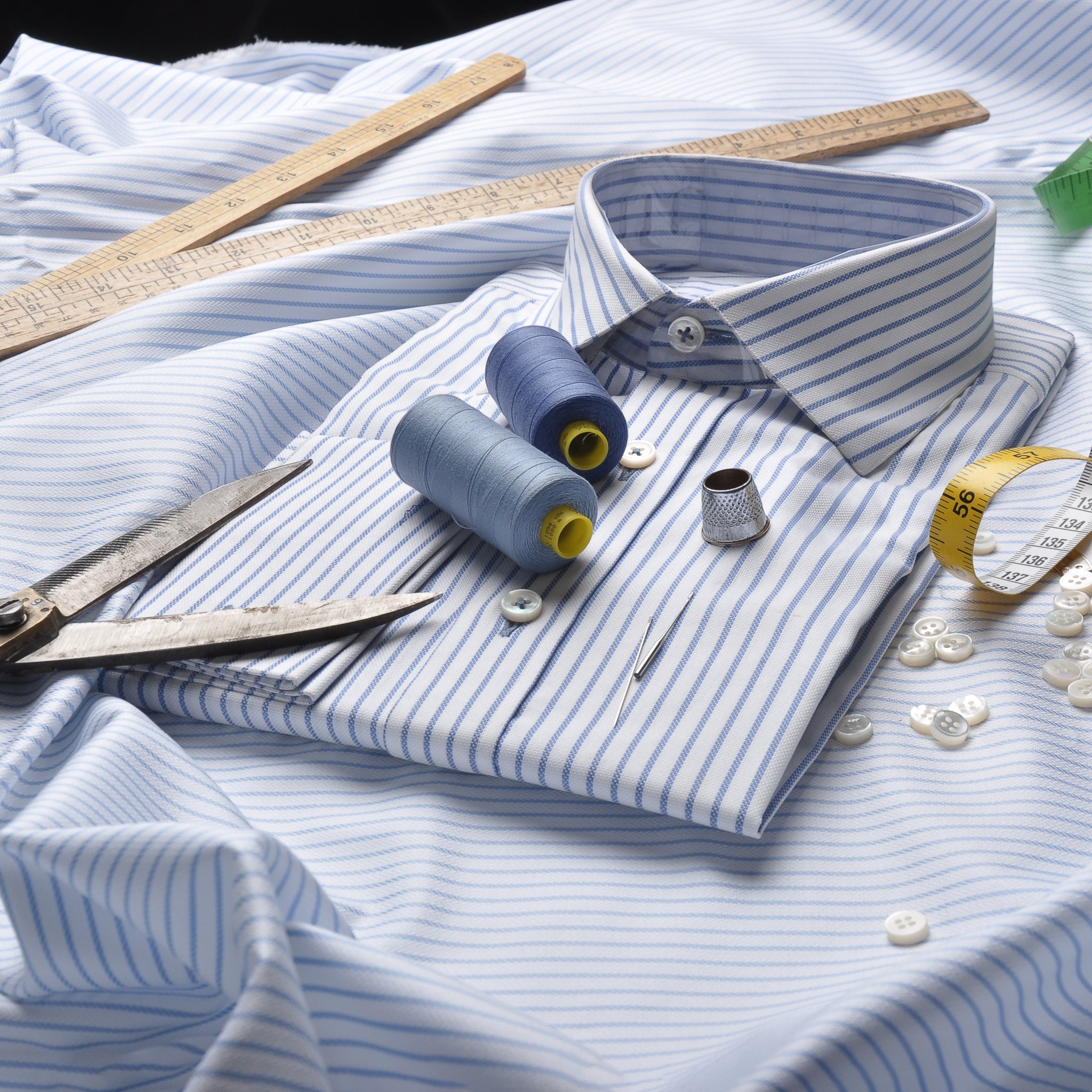



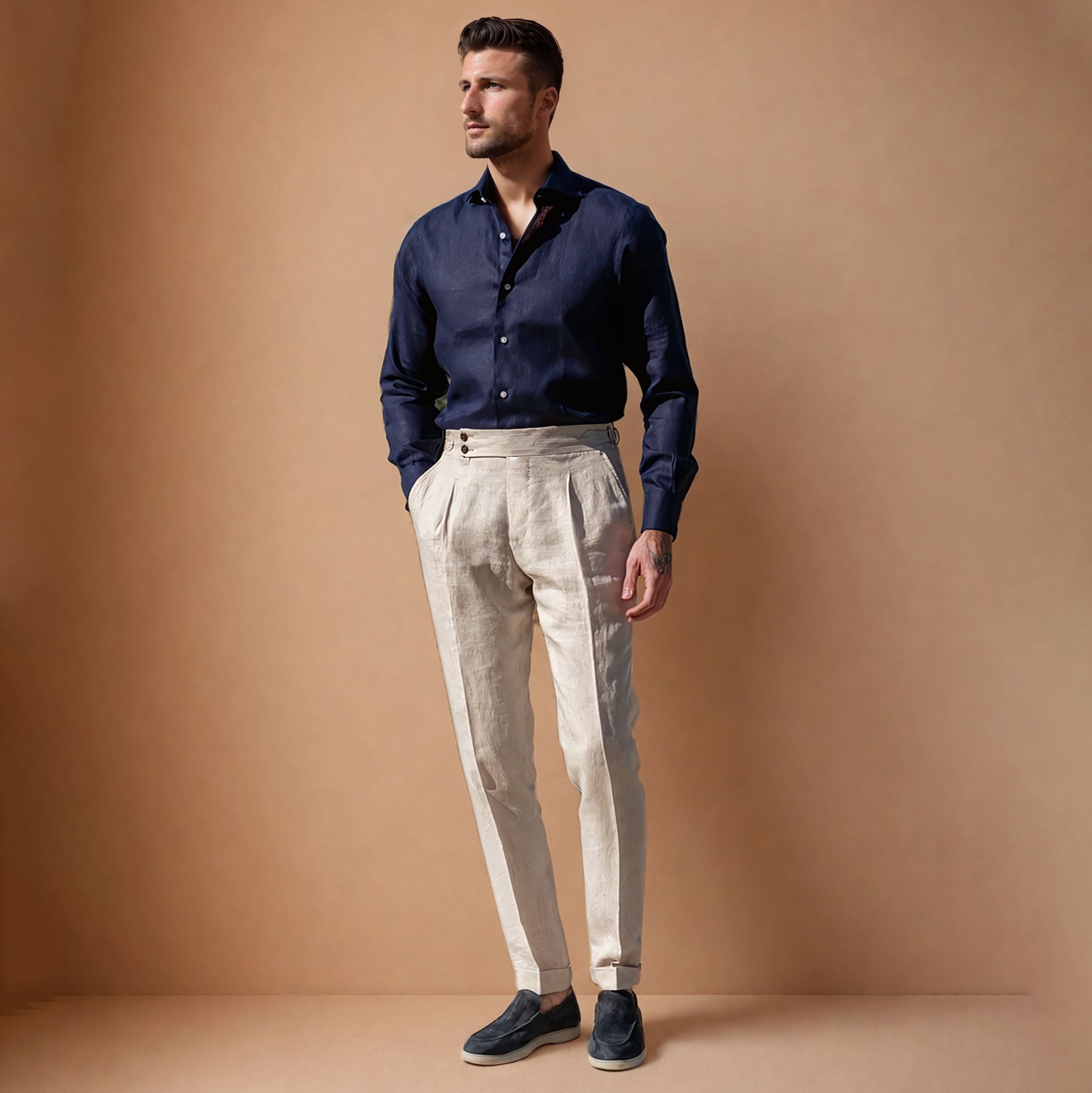
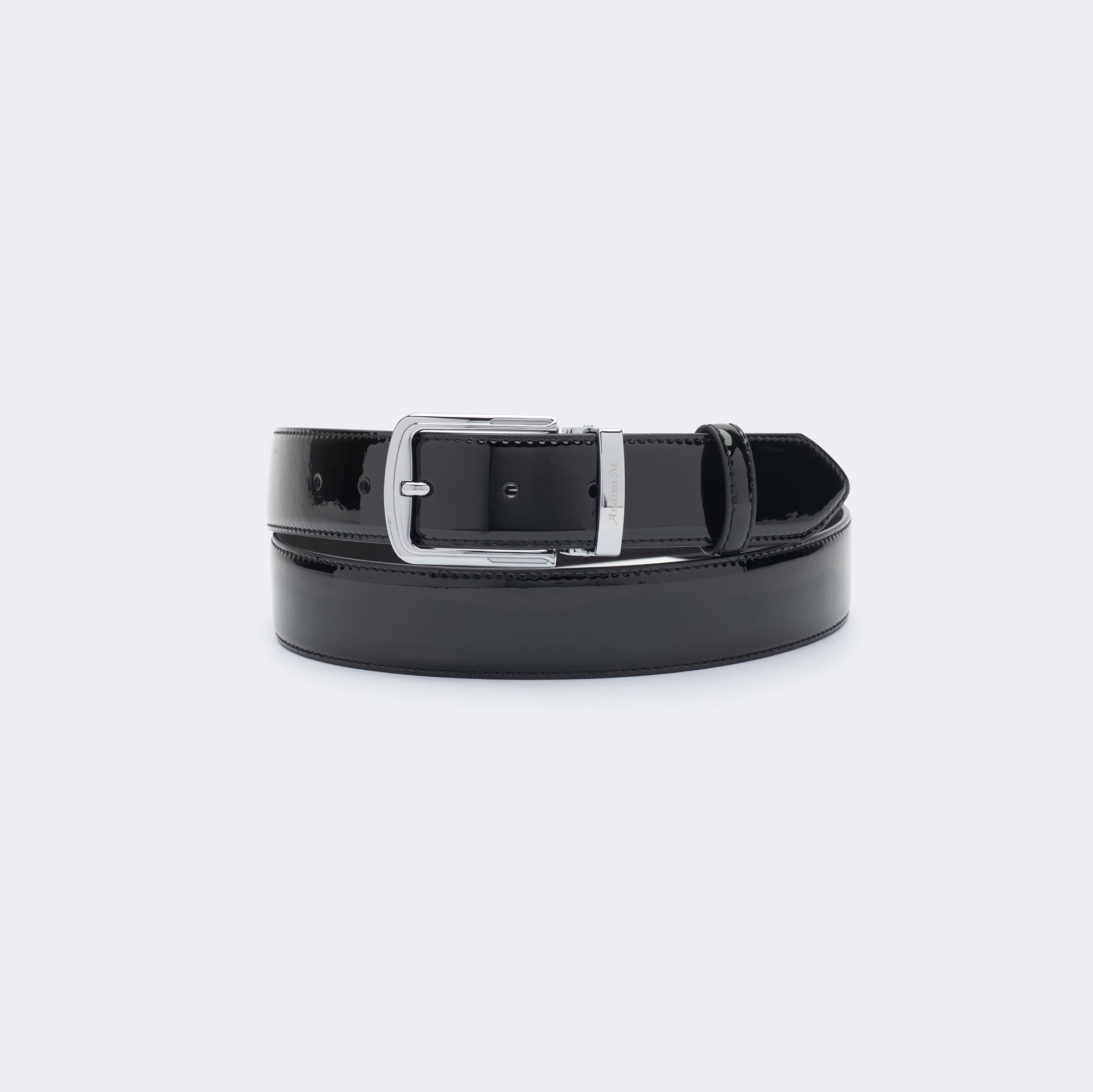
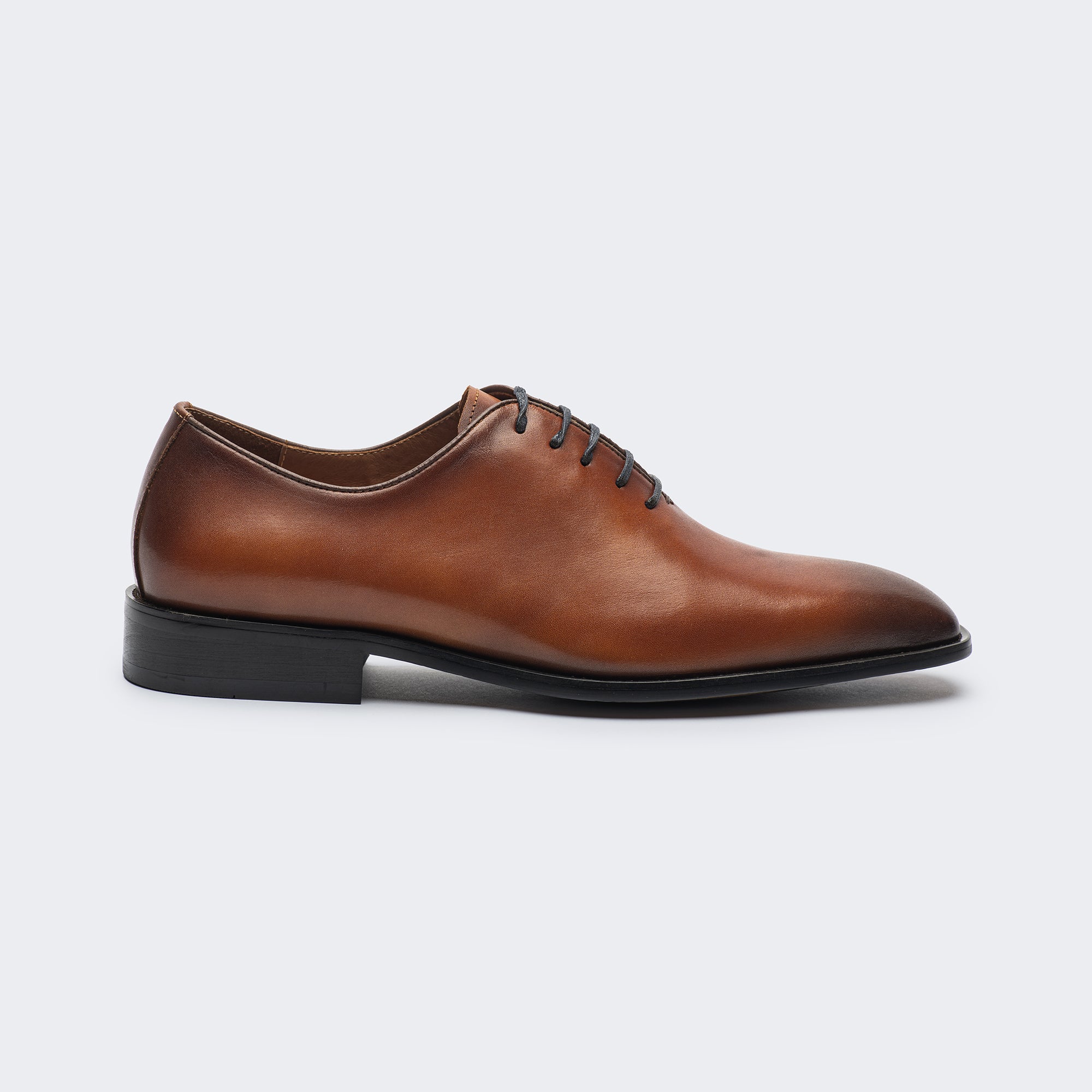
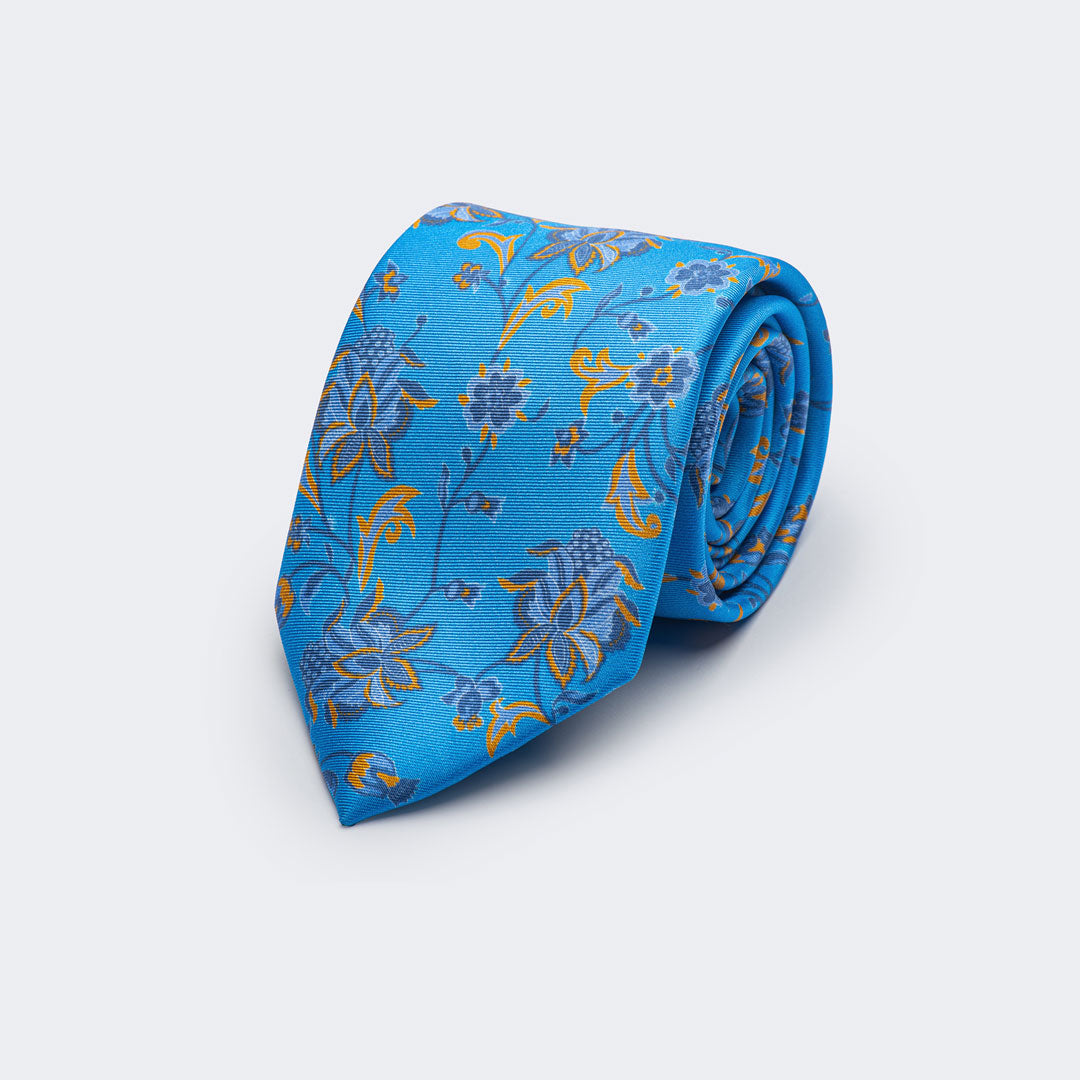

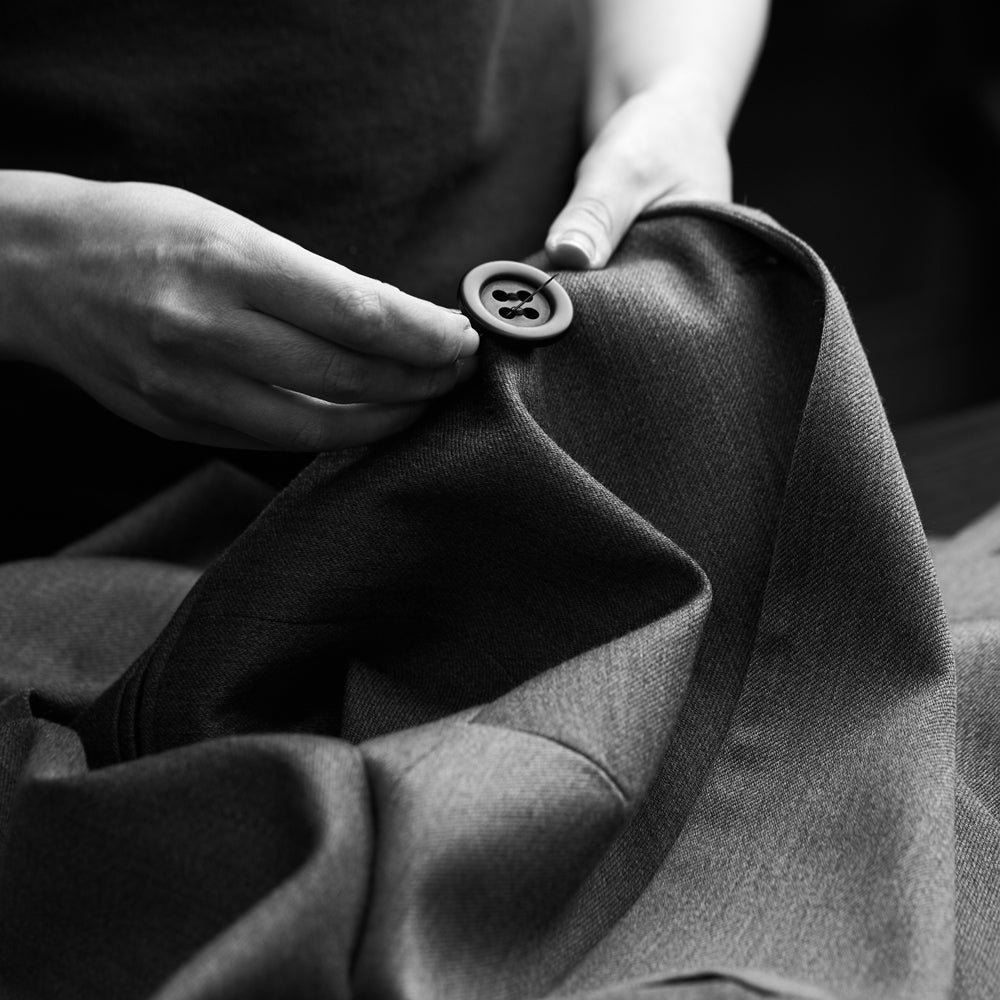
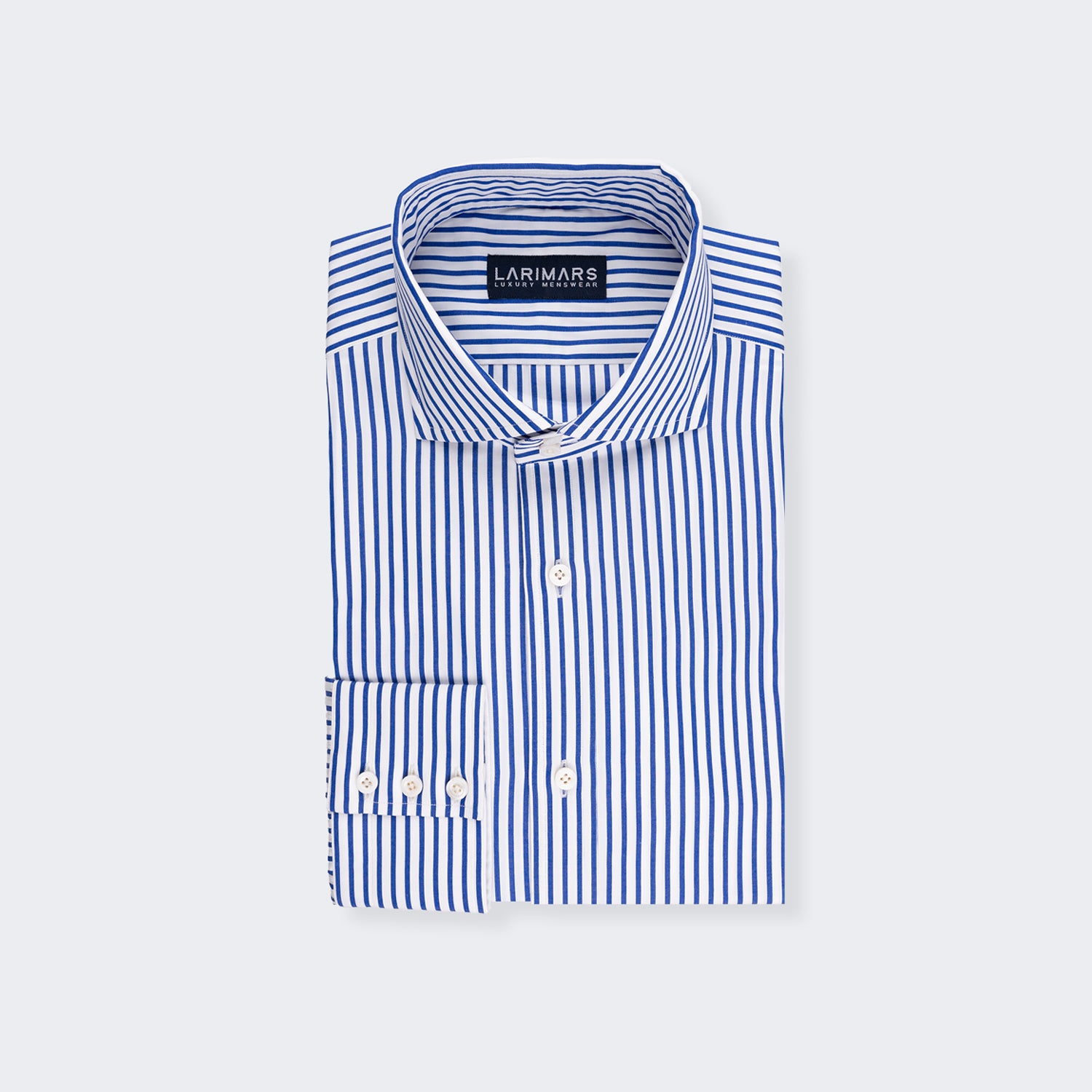
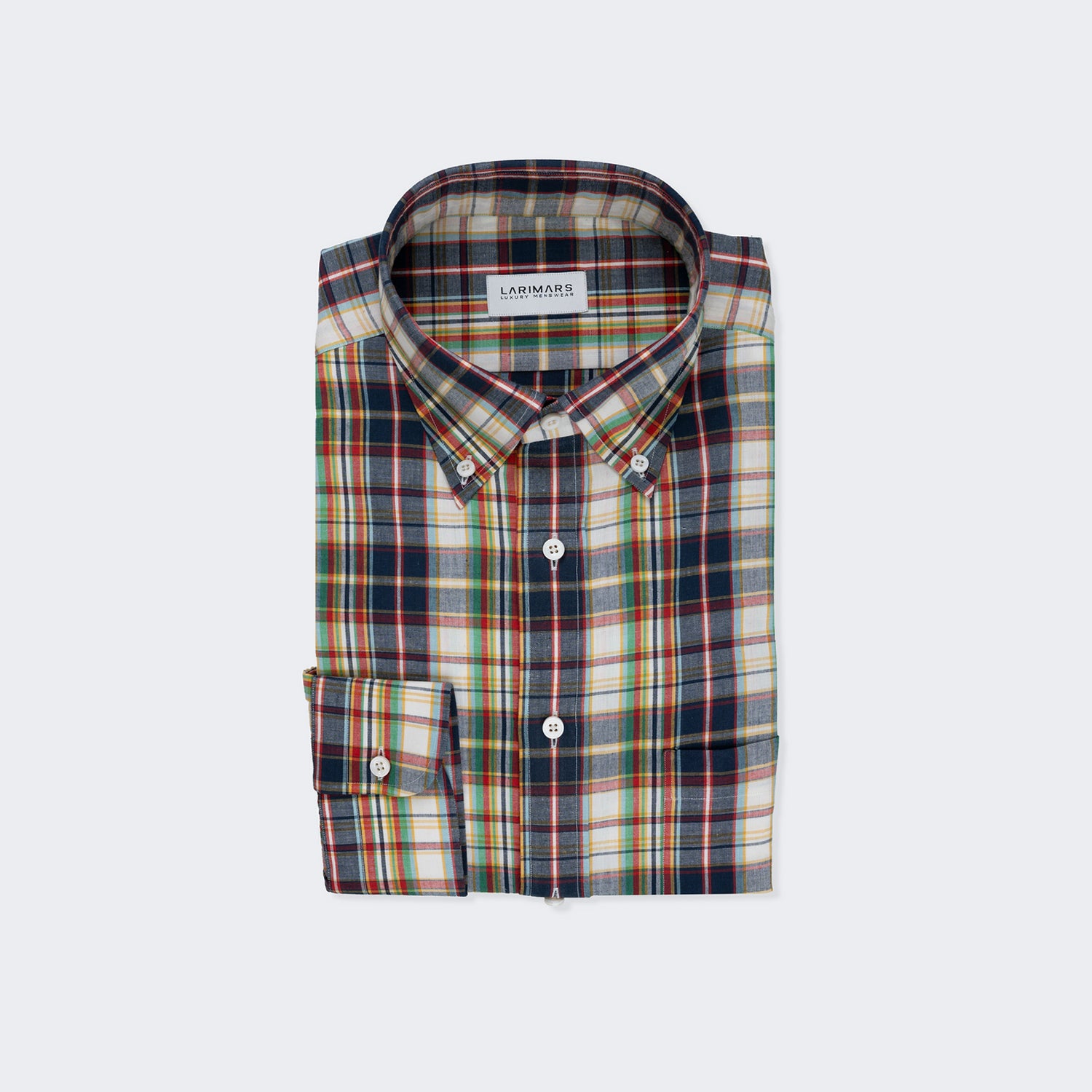
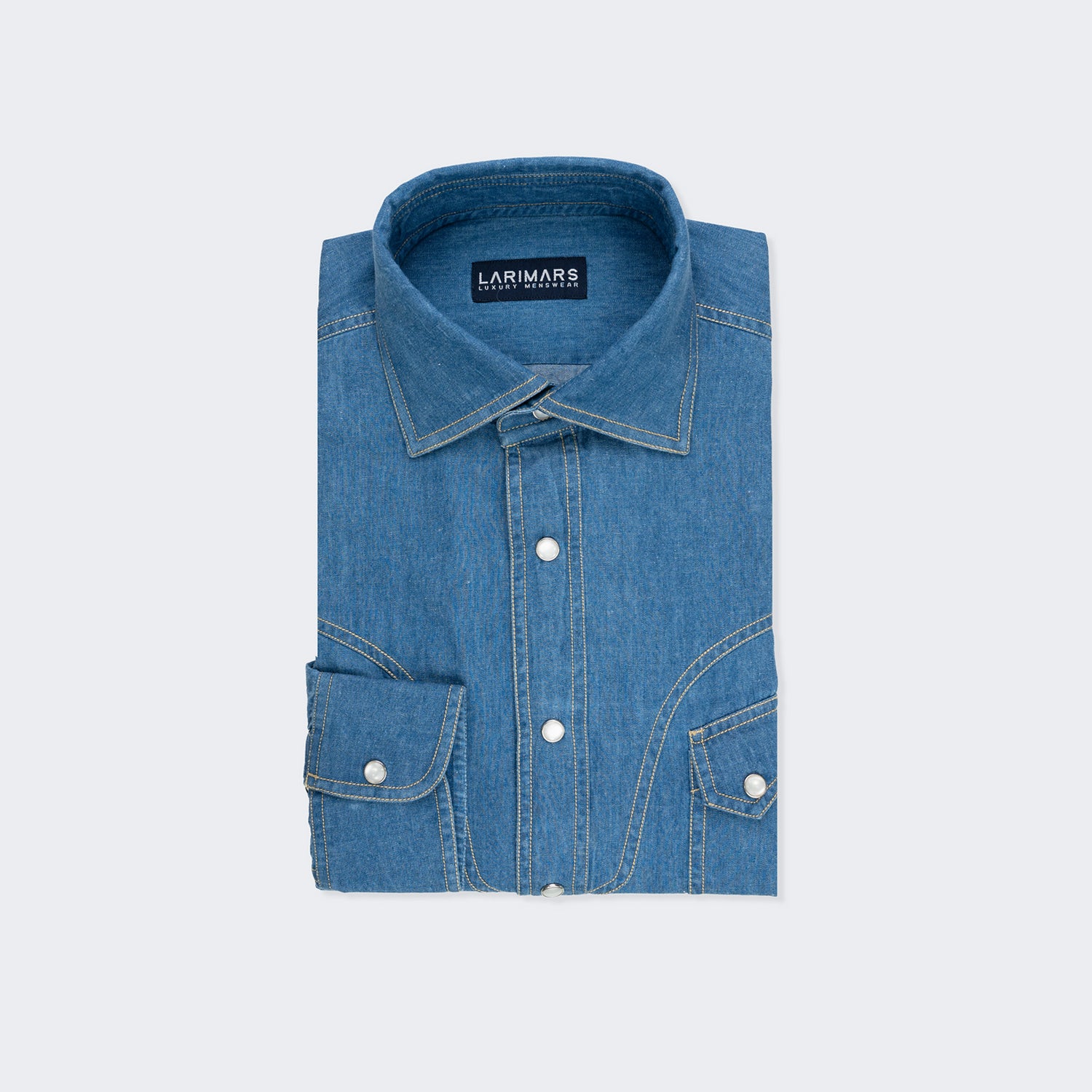
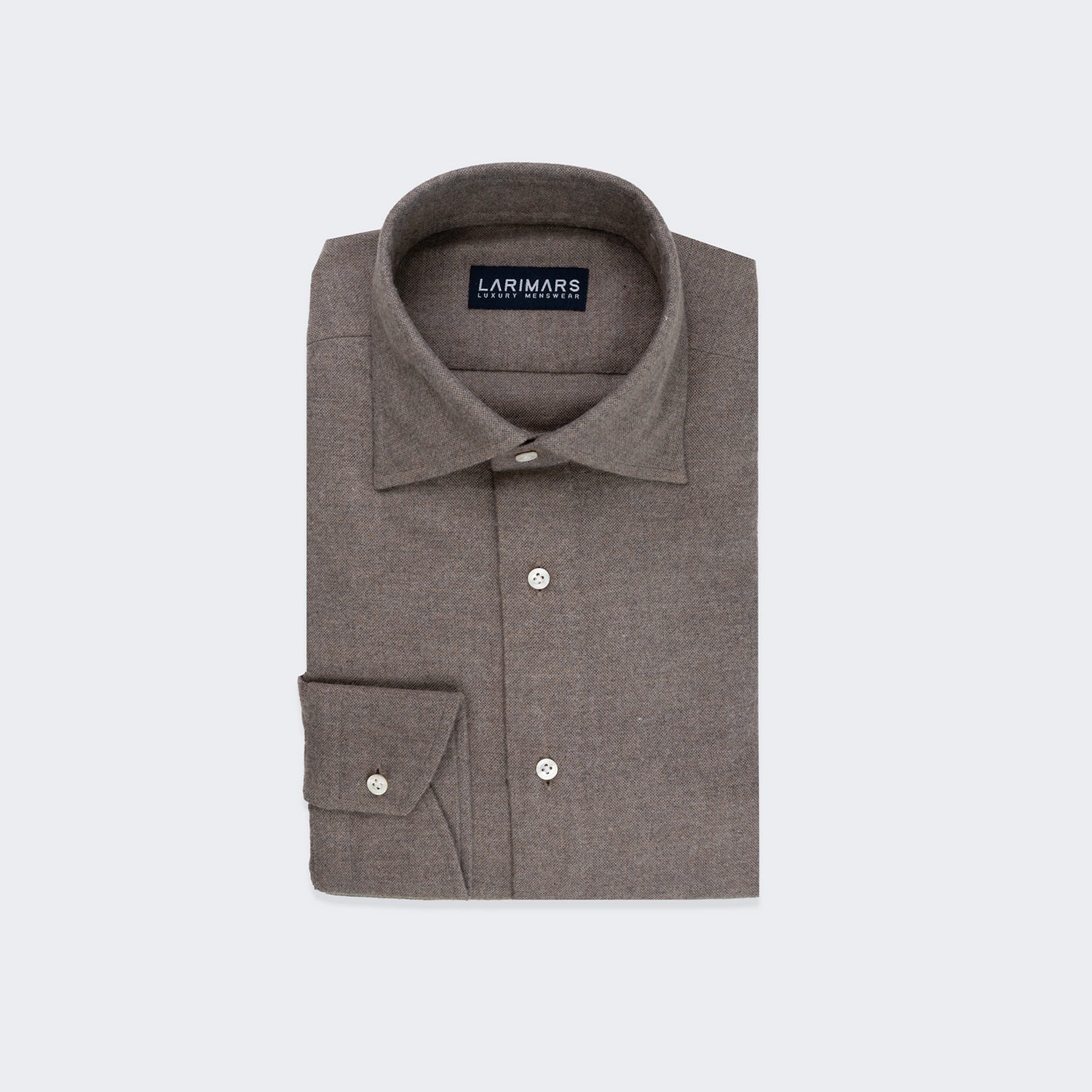

Leave a comment
This site is protected by hCaptcha and the hCaptcha Privacy Policy and Terms of Service apply.